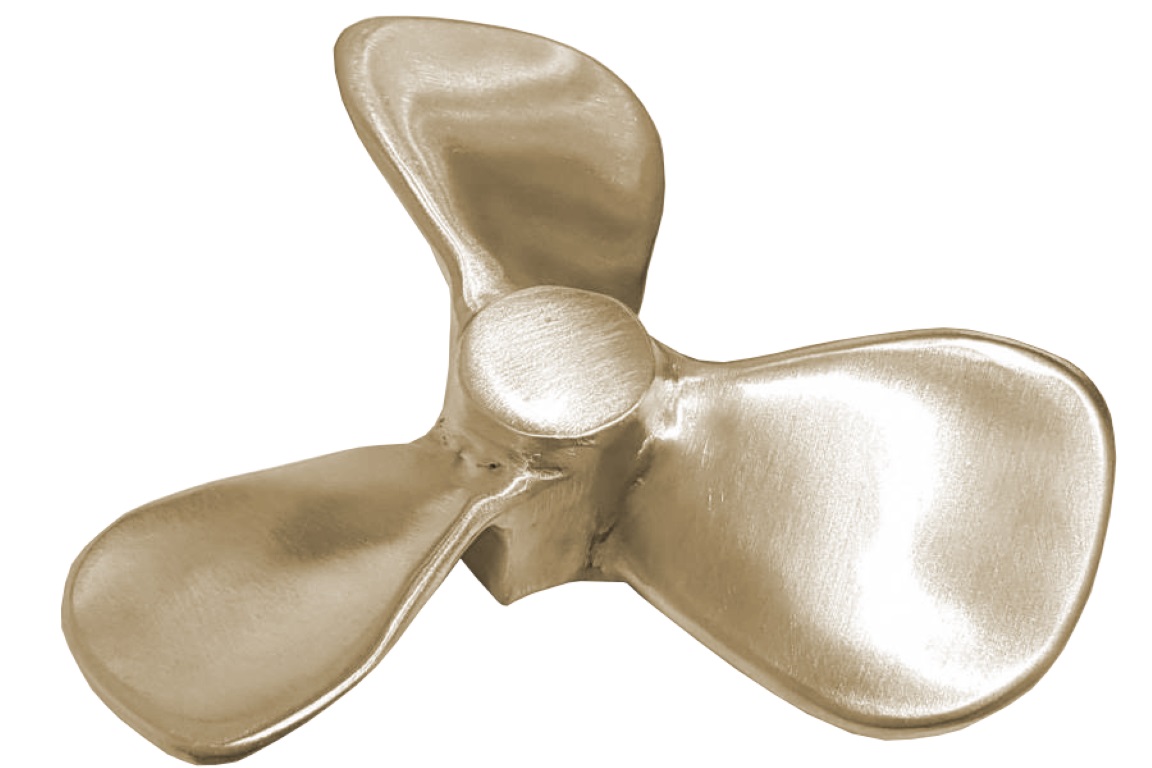
Australian Navy installs WarpSPEE3D metal printer at Coonawarra port
A large-format WarpSPEE3D metal 3D printer was installed by the Fleet Support Unit (FSU) at HMAS Coonawarra Navy Port, making the Royal Australian Navy the latest Australian Defence service with the capability to print their own metal parts, on demand.
Having the capability to produce high-quality metal parts on-demand, in the field or at sea will be ground-breaking
The installation of a WarpSPEE3D at HMAS Coonawarra was made possible after the Australian Government made $1.5 million investment in a 18-month pilot of the capability for the Royal Australian Navy. This world-first trial is designed to streamline the maintenance of patrol vessels and significantly increase parts available to the Navy compared to those available from regular supply chains. The technology empowers the Navy to design and manufacture the parts they require, when and where they are needed, whether that be on base or at sea.
Ground-breaking
SPEE3D CEO Byron Kennedy said: “We are excited to be working with The Royal Australian Navy on this program. Having the capability to produce high-quality metal parts on-demand, in the field or at sea will be ground-breaking for the Australian Defence Force.” Sustainment, or the repair, maintenance and overhaul of equipment makes up a substantial proportion of the cost of all Defence Forces globally. The difficulty and expense of getting spare parts through regular supply chains has been exacerbated and highlighted by the COVID-19 pandemic.
Unique technology
The world has been looking to advanced manufacturing (AM) to solve this problem, however, most AM technology has proven too delicate, too expensive, and far too slow to solve the problem. SPEE3D has proven to be the exception, as Stephan Ritt, who runs the SPEE3D operations in Europe, recently explained in the first Virtual AM for Defense Conference. In the 3D metalprinter the Australian manufacturer uses a cold spray technology, that doesn’t require shielding gas and a laser source. “We only need compressed air and the metalpowder. With that we can manufacture metal parts up to 700 mm height and up to 43 kilogram.”

Successful tests in the remote outback
SPEE3D recently completed a series of successful field trials deploying the WarpSPEE3D printer to the remote outback with the Australian Army. The Australian Government funded the $1.5 million trial which included the training of Army craftsmen and engineers in 3D printing at Charles Darwin University in everything from design to certification of parts. The program resulted in a range of parts that the Army are now able to print and finish in the field at a fraction of the cost and time of current supply chains. The pilot program with the Royal Australian Navy is expected to produce similar results.
Do you want to learn more about the use of additive manufacturing for defense applications? Join the last session of the Virtual AM for Defense Conference on December 10th. Colonel Joe Bookard, Director, U.S. Army Rapid Equipping Force, will provide a brief background about the REF, what the organization has done using AM (to include partnerships with units and industry), and its perspective on where the AM space is moving. After is presentation participants can discuss in the virtual round table with Colonel Joe Bookard as well as presenters from previous session, Stephan Ritt (Spee3D), Tibor van Melsem Kocsis (DiManEX) and Stephan Wildenberg (Dutch Army). Learn more about this event







One Comment